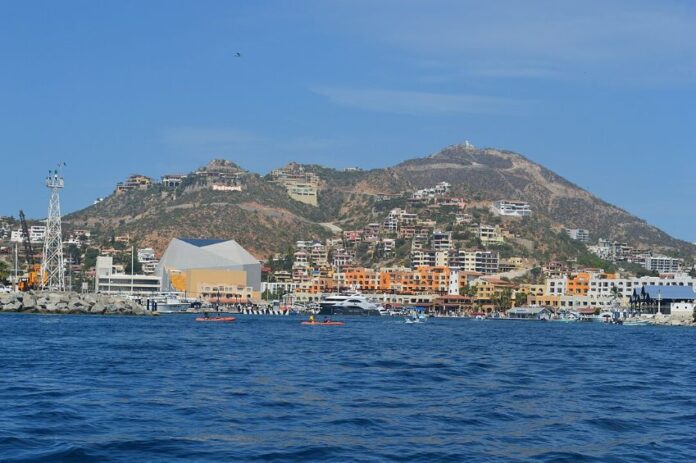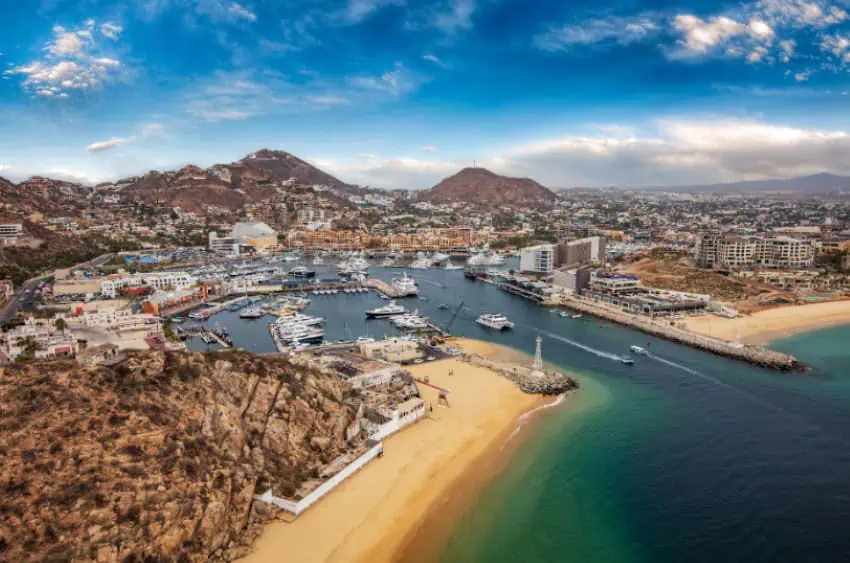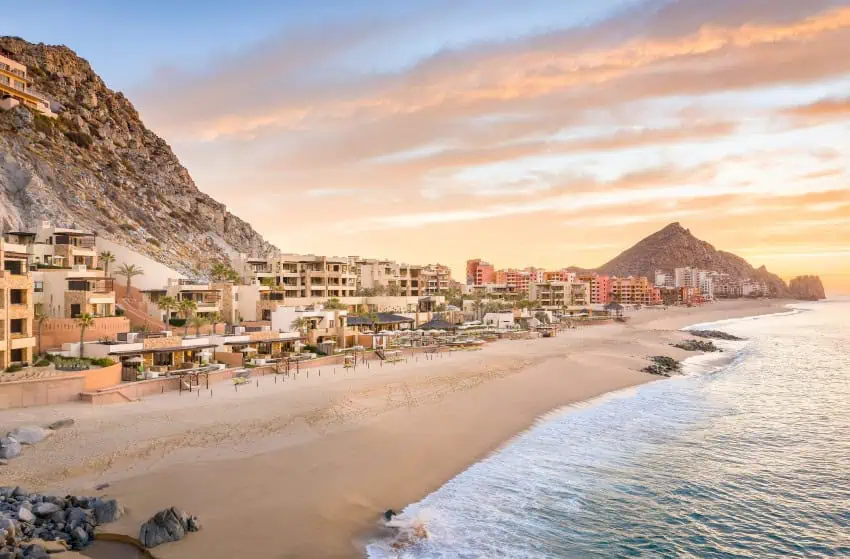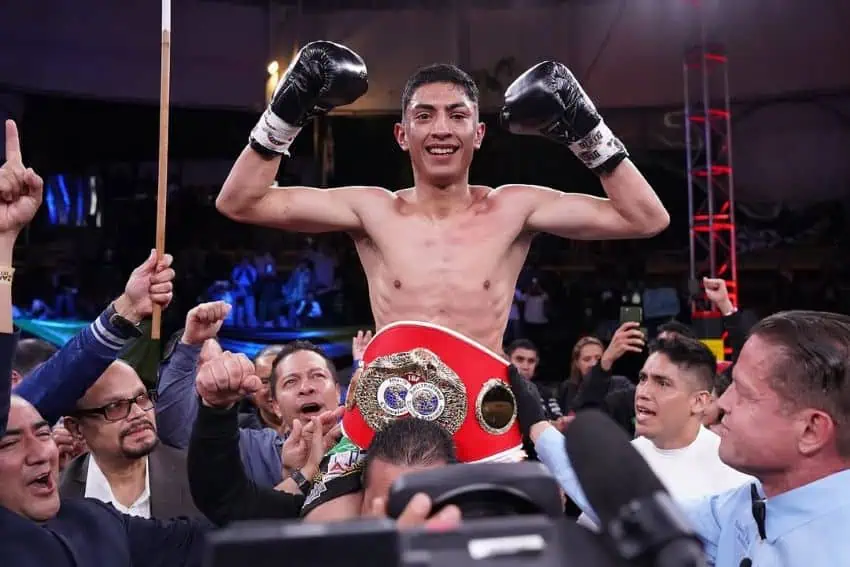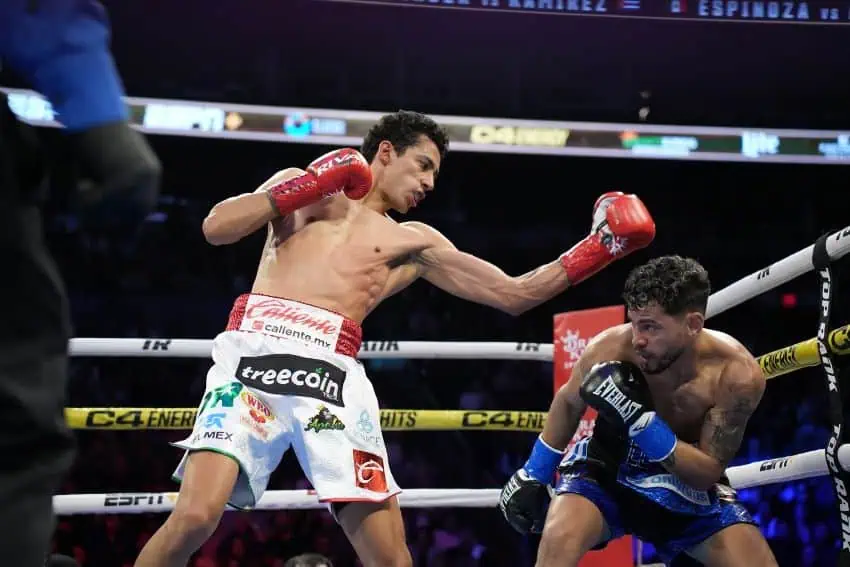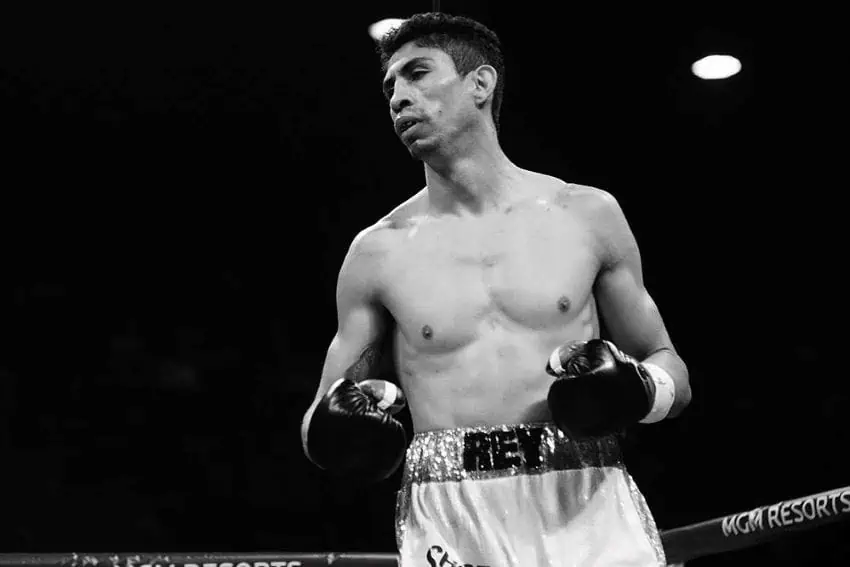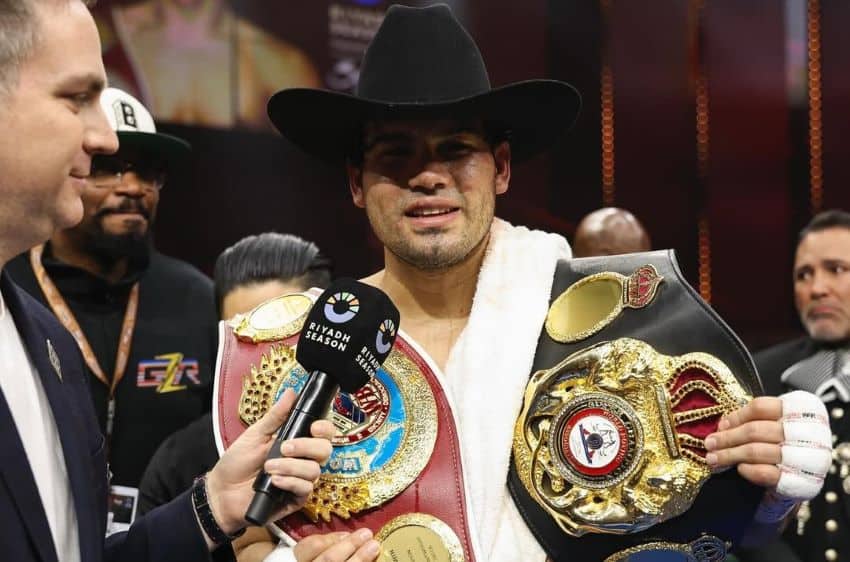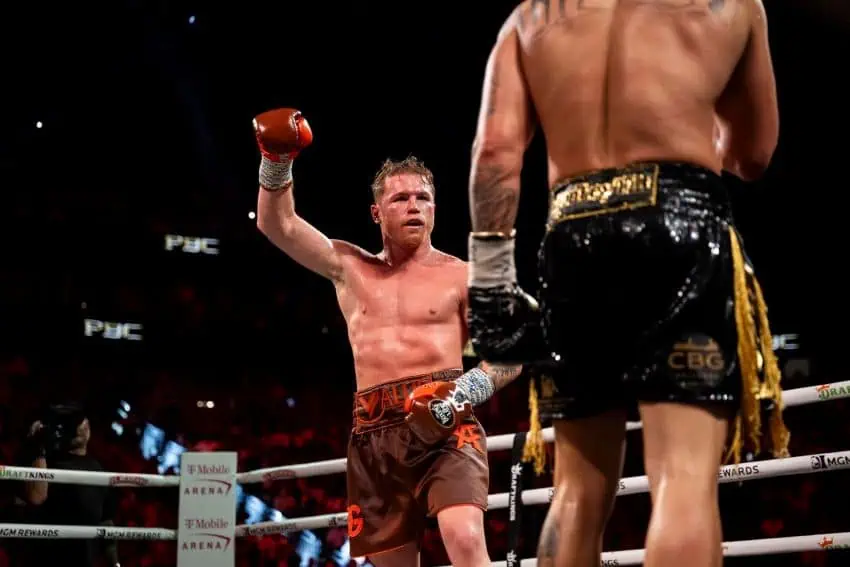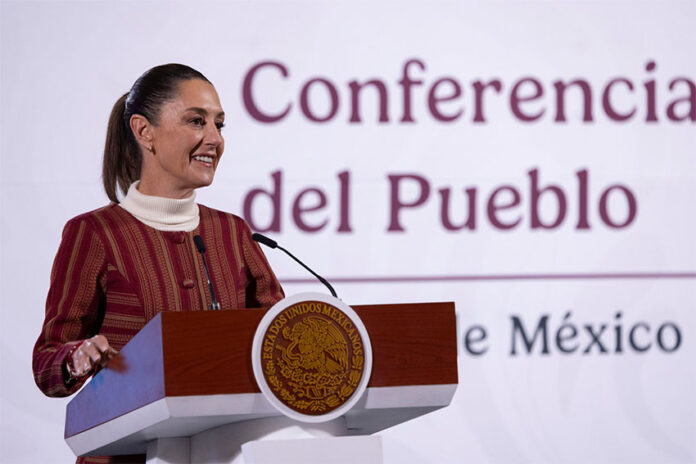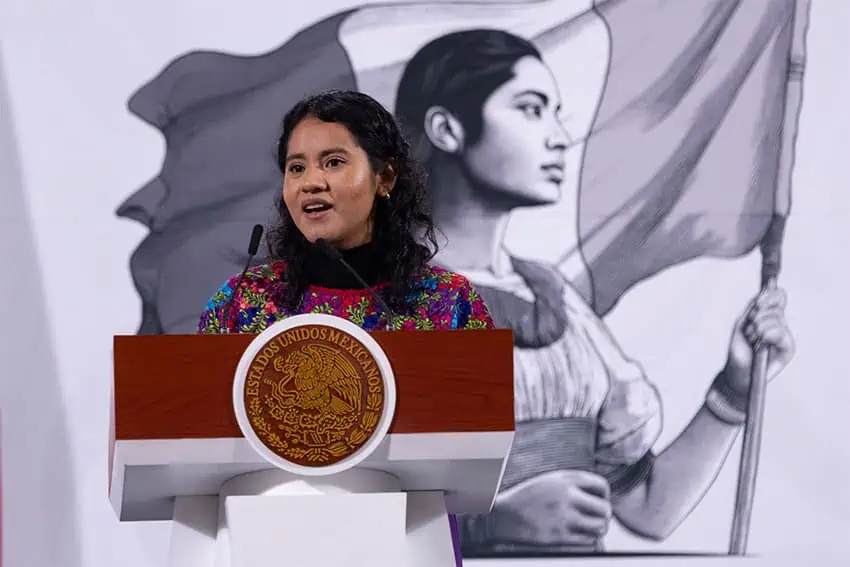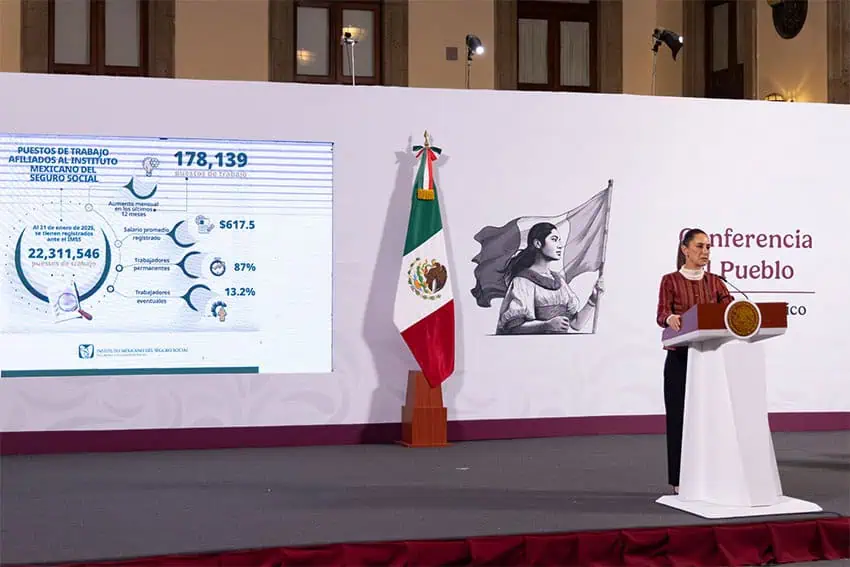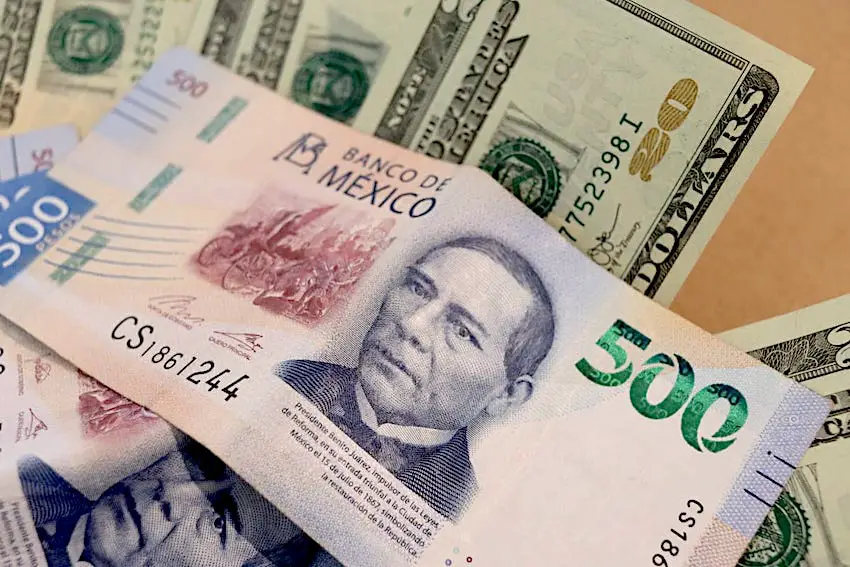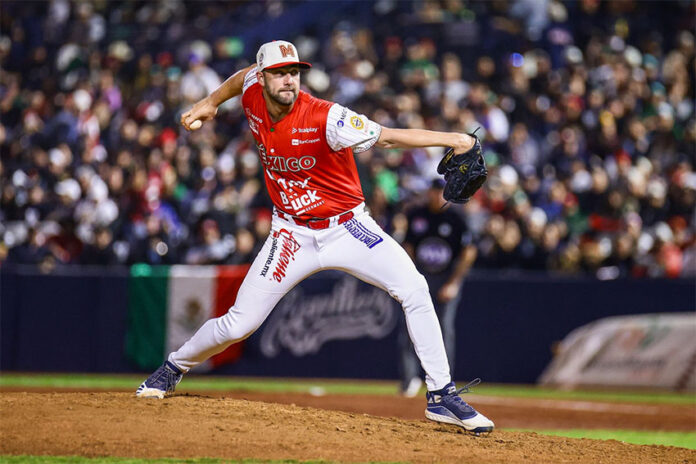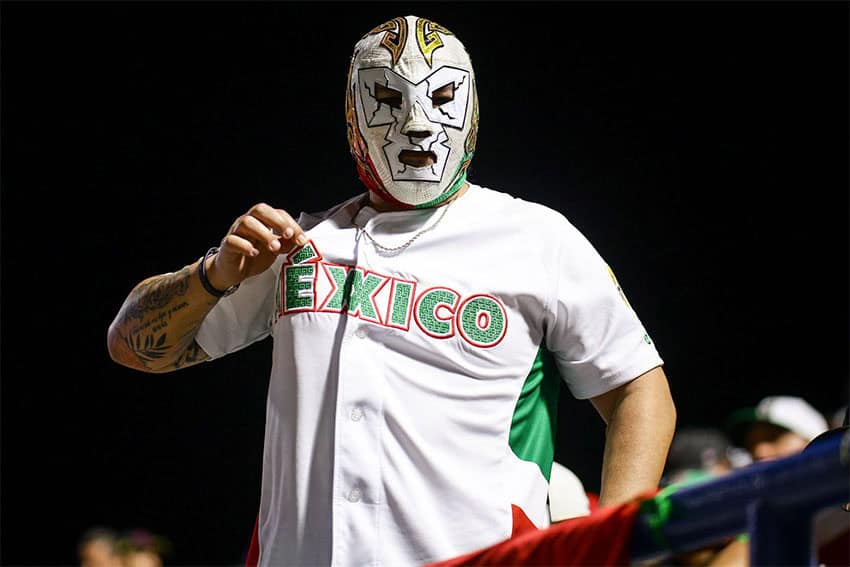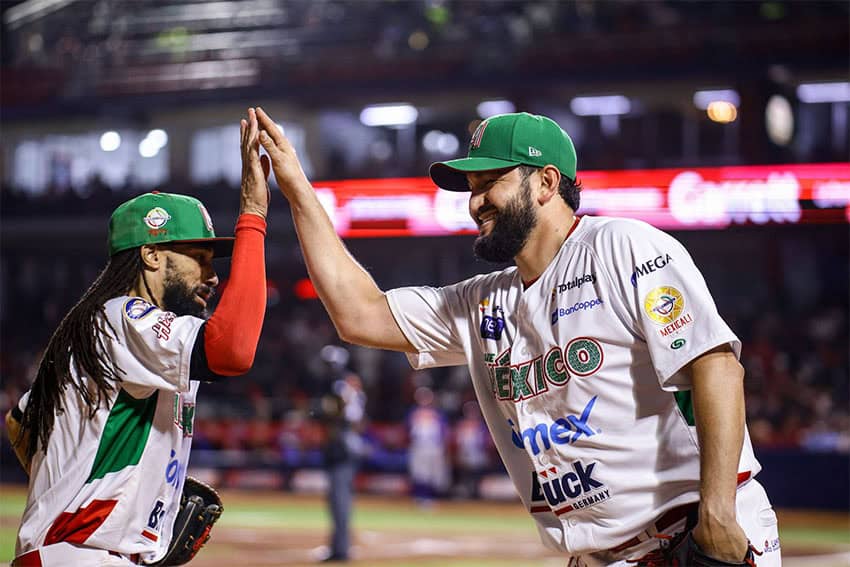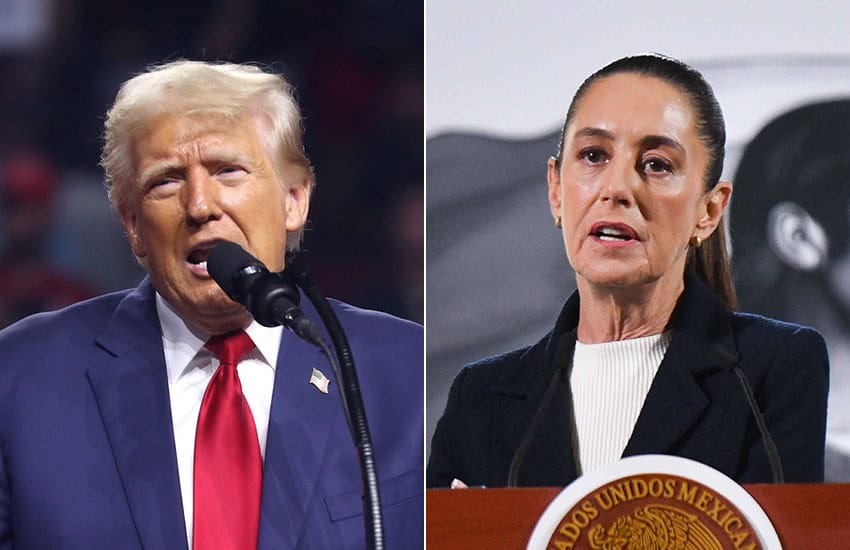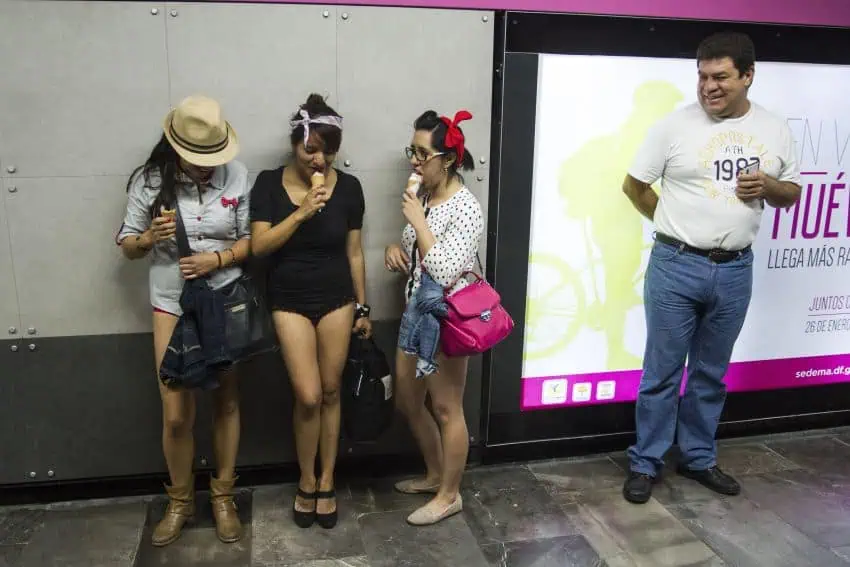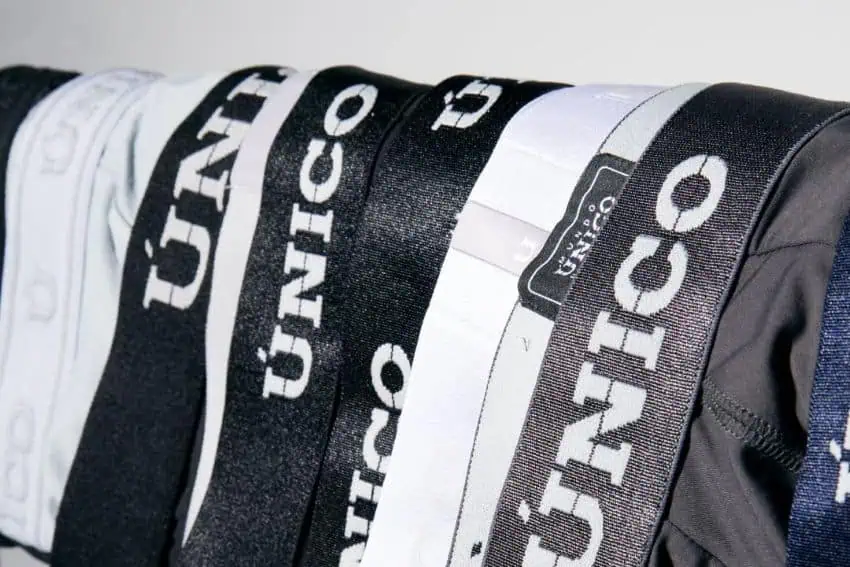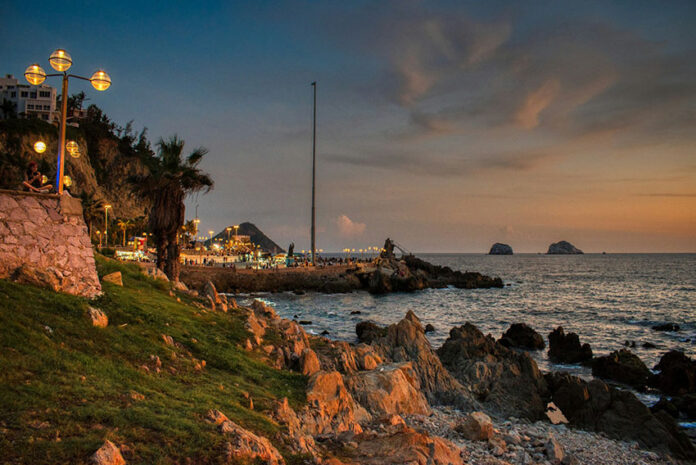I am stating this again, as though I often do, to provide context for my situation: I have been in Mexico a very long time.
And while this isn’t an “how times have changed” article, you’re in luck! I am also going to talk about how times have changed. We like to talk about it because so many of the changes have taken place so dizzyingly fast that at least I sometimes wonder if the pre-smartphone days were just a dream.

Like most people, my relationship with my cell phone has gone through several stages. I was a late adopter, holding out before buying one until 2005. Phones back then were “dumb,” though I did really like that game Snake.
Besides that game, I really only used my phone to make calls and send messages. I got good at texting fast, my muscle memory bringing up how many times I had to press each button to get to the letter I needed.
Pretty soon I upgraded, and had a series of flip phones that could take pictures.The pictures were grainy and only a handful fit in the phone’s storage, so I had to make them count. I worked hard at curating the perfect pictures for my screen background.
Next came a kind of slide-y phone with a bigger, clearer screen. And it was pink! There was a bit more room for photos, and I was able to customize my ring tone. So far, so good: it was convenient and fun, but not so fun that I couldn’t leave it alone. Looking back, I’d say that was probably peak cell phone utility plus convenience.
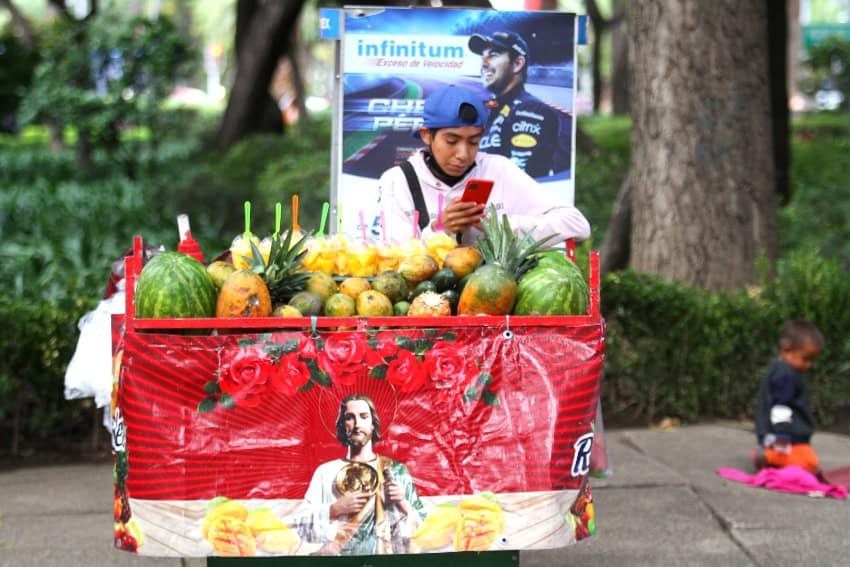
The phones after that one were all smartphones. I started with an Android, and remember a feeling of wonder at trying out a touch keyboard for the first time. I was slightly grouchy that my excellent texting skills would now be obsolete, but the satisfying vibration with each letter helped to ease my pain. I went through a series of these, as they’d usually get super slow after a year or two of use. These phones were my first experiences with apps as well, and I remember one day in particular having a lot of fun downloading and playing with them. Interestingly, I don’t remember being as glued to my phone back then. Had the apps not been made that addictive yet?
It wasn’t until 2016 or so that I got my first iPhone. It was the SE model, and I loved it and haven’t looked back from Apple since. It didn’t get slow or bogged down, and I’ve only upgraded when I’ve run out of space or the operating systems became obsolete.
Memories of lying in bed and scrolling out of boredom or avoidance are more recent. A handful of apps have typically been the culprits for me. I recently deleted both my Facebook and Instagram accounts, two obvious wastes of time. But I’m still on my phone too much: there’s still the news, my email, WhatsApp, YouTube… and there I am in front of it, like a dummy.
I’m not alone in this, of course. I feel certain that in 30 years we’ll all take the obvious harm of these always-connected addictive devices as a given, the same way we take the harm of cigarettes as a given today: “Well, obviously it was bad.” The image of a bunch of tech people high-fiving each other when they thought of notifications literally makes me sick.

And just like that, before we knew it, our phones were indispensable. Need a ride? Use an app. Need to tell a friend something? They’re not going to answer the phone, man. Send a message. Need directions? There’s your maps app. Want to listen to music or a podcast? All can be found on your phone!
Increasingly, being without a phone is impossible. But the most insidious way it’s taken over is the dawn of the sign-in confirmation, which was the bane of my existence for years.
I’ve maintained financial connections to the United States. I have a bank account there, and credit cards. Conveniently, I’ve been able to do most of my banking tasks online.
Until I couldn’t. You see, I’ve always had a Mexican phone and a Mexican phone number. And guess what? U.S. banking institutions and increasingly other official places want to verify your identity through sending a code to your phone.
But guess what? It has to be a US cell phone. Not only that, it must be a real cell phone, not an online number like the kind you can get through Skype or Google.
When I inquired about a U.S. cell phone several years ago on a trip home, I was told that it would eventually be deactivated if I were out of the country for more than three months. But this time, I tried again. And people, I am so happy to report: it worked!
Most phones now are nw dual-SIM, meaning you can have two numbers on them. I took my phone to T-Mobile, and walked out with a working US number, at long last! I chose their cheapest plan at US $15 a month, and so far, so good. I don’t know for how long it’s been that simple, but I’m glad it is now. I needed it!
Most people haven’t been in Mexico since before you needed a cell phone for everything. But if you have, know there is hope: in the shape of a dual SIM! If you’re out of Mexico, be sure to ask about it before you come. If you’re in Mexico already and need a U.S. number, take your Mexican phone; most all of them are “unlocked” and can accept a new physical or e-SIM.
With your phone addiction, unfortunately, I can’t help you. Or myself. For that, we’re on our own.
Sarah DeVries is a writer and translator based in Xalapa, Veracruz. She can be reached through her website, https://sarahedevries.substack.com/

